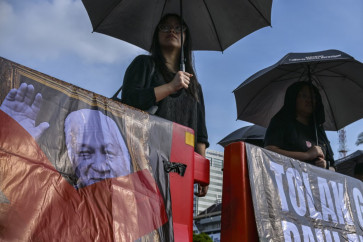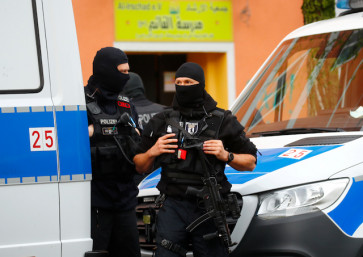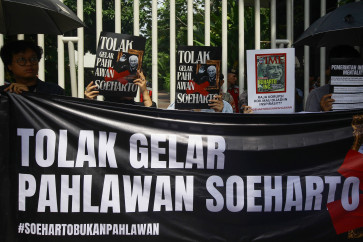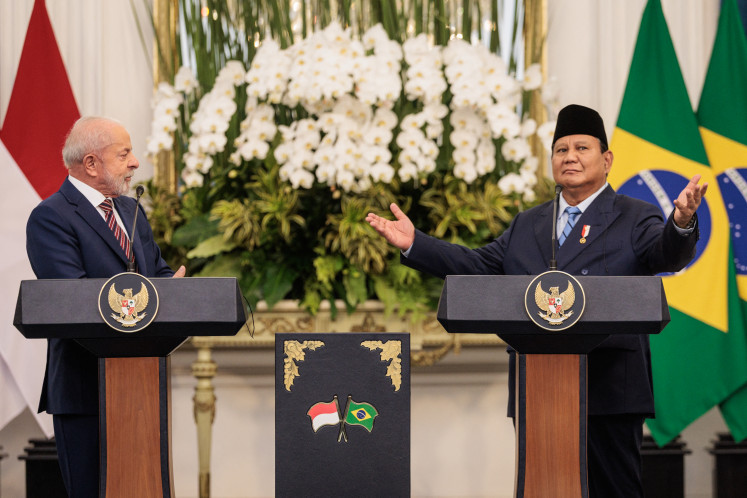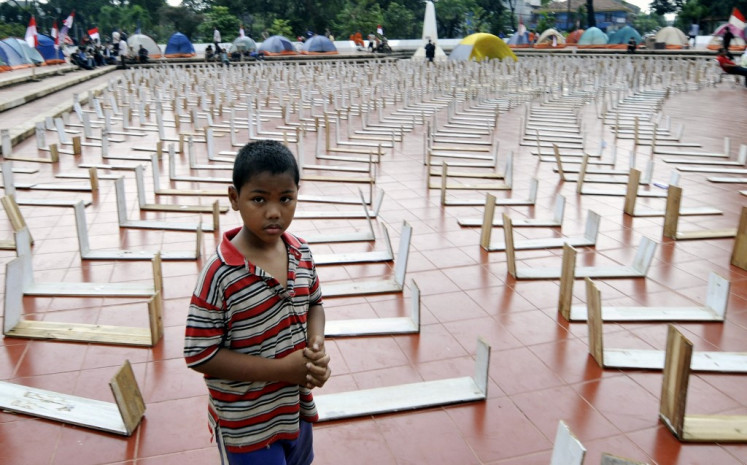Popular Reads
Top Results
Can't find what you're looking for?
View all search resultsPopular Reads
Top Results
Can't find what you're looking for?
View all search resultsJoint defense regional commands, a maritime focus
JP/Wendra AjistyatamaOn Oct
Change text size
Gift Premium Articles
to Anyone
JP/Wendra Ajistyatama
On Oct. 5, the Indonesian Military (TNI) celebrates its 74th anniversary. Ahead of the annual event, the country’s military leadership made a significant decision to establish the so-called Joint Defense Regional Commands (Kogabwilhan).
Over the past decade, defense planners have mulled over the establishment of joint regional commands as part of Indonesia’s military transformation. The plan was formalized under Presidential Regulation No. 10/2010. However, it has been constantly postponed due to pending infrastructure readiness such as military bases and equipment. The overdue plan was eventually realized after President Joko “Jokowi” Widodo issued Perpres No. 42/2019 on the second amendment of the TNI’s organizational structure.
Inaugurated on Sept. 27, the Kogabwilhan play a strategic role as the TNI’s “first responders” in an event of regional conflict and “striking force” to repel foreign aggression or intrusion. As the military’s primary operational command, the commanders of Kogabwilhan are positioned under and answer to the TNI chief.
The creation of Kogabwilhan signifies at least four major military developments in Indonesia. First, it represents the centrality of maritime domain in the country’s defense strategy. Article 1 of Law No. 34/2004 regulates that the military’s disposition must conform to the geographical realities of the Indonesian archipelago.
Located in the Riau Islands, East Kalimantan and Papua, the TNI headquarters formed three joint regional commands after taking into account Indonesia’s archipelagic sea lanes (ALKI) and the disposition of existing military units. The decision is consistent with recent organizational developments including the formation of the Army Strategic Command’s (Kostrad) new infantry division, the Navy’s Third Fleet and Marine force, as well as the Air Force’s new operational command overseeing the security of eastern Indonesia.
Second, the establishment of the Kogabwilhan showcases the military’s emerging doctrine of combined arms warfare. Mirroring the structure of the TNI headquarters, the new regional command is organized and equipped with relevant functions for command and control of future joint military operations involving different branches and capabilities of the armed forces.
Similar trends include the creation of the military’s joint special operation command (Koopsus TNI) and integrated forward operating bases in Natuna, Morotai, Biak and Saumlaki. No less important, the TNI has recently intensified war games to assess the interoperability and operational readiness of its weapon systems. During the “2019 Dharma Yudha” military exercise, for instance, the TNI mobilized thousands of soldiers, hundreds of armored vehicles and artillery pieces, as well as dozens of combat aircraft and warships to attest new war-fighting doctrines.
Third, the latest military reorganization corresponds well with the urgent need to resolve the TNI’s personnel logjams. In recent years, the widening gap between the actual and required number of high-ranking officers and colonels has been a serious problem within the Indonesian military — particularly the Army. Between 2011 and 2017, there was an increased surplus of high-ranking officers from 7 to 35 percent and colonels from 8 to 28 percent.
By hierarchy, the commander of a Kogabwilhan is a three-star military officer, while the chief of staff is a two-star officer, and the commander’s assistant is a one-star officer. Based on its table of organization and personnel, the joint regional command requires 27 high-ranking officers and opens dozens of structural positions for colonels. While mitigating the risk of personnel logjams, creating new structures within TNI headquarters is instrumental to ensure military professionalism.
Fourth, the appointment of the Kogabwilhan leadership further highlights that the merit system remains at the heart of the TNI’s personnel policy. Career history becomes a criteria or qualification for promoting a military officer to take charge of a joint regional command.
At its inauguration in East Jakarta, the TNI headquarters promoted Rear Adm. Yudo Margono, Rear Marshal Fadjar Prasetyo and Maj. Gen. Ganip Warsito as the first Kogabwilhan commanders. While their service background shows the equity of Army, Navy and Air Force members within the TNI headquarters, the three senior officers share similar tours of duty in which they used to serve respectively as fleet commander, air force operational commander and army territorial commander. These are likely to become the norms for the leadership of Kogabwilhan.
Last but not least, the creation of the Kogabwilhan is an integral part of the 2009-2024 defense plan. As of 2018, the progress of the Minimum Essential Force programs was still around 61.8 percent. That said, accelerating the pace of arms modernization is vital for Indonesia’s military transformation. Congratulations TNI!
____________________
Military specialist at the Centre for Strategic and International Studies (CSIS), Jakarta. He is also a member of Working Group-8 (Pokja 8), an epistemic community for Indonesia’s defense transformation.


